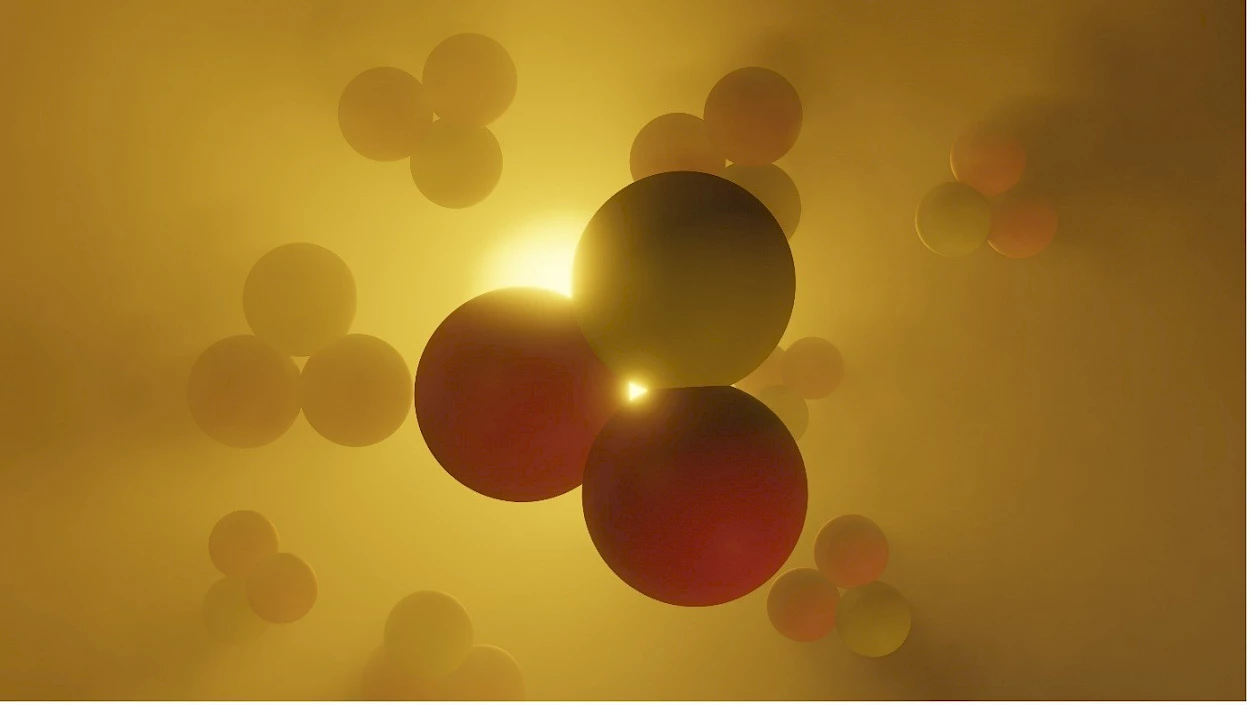Portuguese scientists measure helium-3 nucleus radius with unprecedented precision
The result of the international research, now published in the prestigious journal Science, puts current atomic physics theories to a rigorous test.
An international team of researchers, including Portuguese scientists from the University of Coimbra, NOVA University Lisbon, and the University of Aveiro, has measured the nuclear radius of helium-3 with unprecedented record precision. The study, published in Science, challenges current atomic physics theories.
The experiment took place at the Paul Scherrer Institute (PSI) in Switzerland, where the CREMA collaboration — Charge Radius Experiment with Muonic Atoms — replaced the electrons in helium-3 atoms with muons, subatomic particles approximately 200 times heavier, creating muonic helium-3. This configuration allowed the nuclear charge radius to be measured with extreme precision, determined to be 1.97007 femtometres.
The Portuguese team played a crucial role in several aspects of the experiment, including the development of detection systems, experimental control, and theoretical calculations. PSI is the only facility in the world capable of producing slow muons in sufficient quantities for this type of study, which also employed an advanced laser system to detect the emission of X-rays.
The data obtained significantly contribute to theoretical modelling of nuclear structure and are essential for testing quantum electrodynamics in atomic systems, as well as providing critical reference values for nuclear models based on fundamental physics principles.
The CREMA collaboration already plans further experiments, including studies with muonic hydrogen, to continue exploring the limits of fundamental physics.
A total of ten Portuguese researchers participated: five from FCTUC (Luís Fernandes, Fernando Amaro, Cristina Monteiro, Andrêa Gouvêa, and Joaquim Santos), three from NOVA University Lisbon (Jorge Machado, Pedro Amaro, and José Paulo Santos), and two from the University of Aveiro (Daniel Covita and João Veloso).
The scientific article “The helion charge radius from laser spectroscopy of muonic helium-3 ions” is available here.

